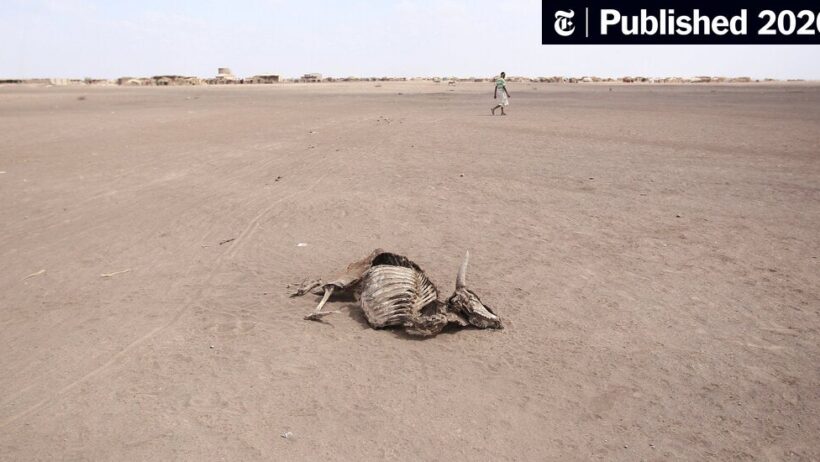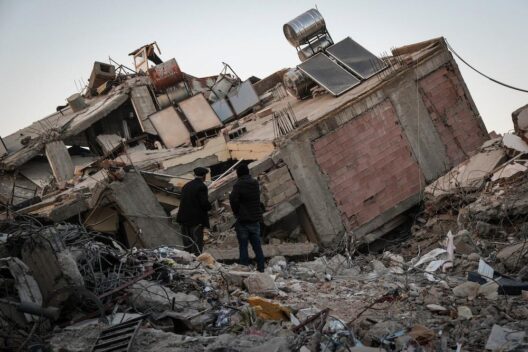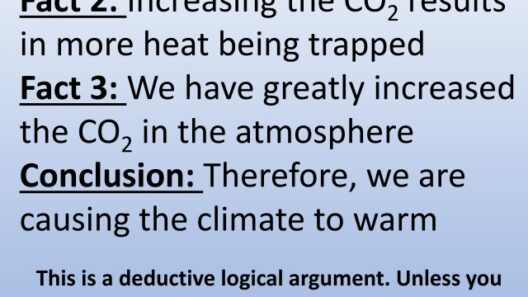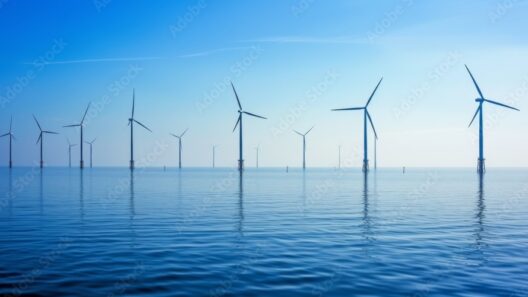As we sail through the tumultuous sea of climate discourse, the question looms ominously: Are we sure that carbon dioxide (CO2) is the prime antagonist in the saga of global warming? To unravel this intricate tapestry, one must navigate through layers of scientific inquiry, historical data, and nuanced arguments presented by a diverse chorus of scientists, policymakers, and environmental advocates.
Firstly, it is crucial to grasp the underlying principles of how CO2 is implicated in the greenhouse effect. Picture Earth as a giant thermos, retaining heat from the sun. Greenhouse gases, including CO2, play the role of the insulating material, preventing some of the heat from escaping back into space. This phenomenon is not new; it is a known and studied effect since the time of Jean Baptiste Joseph Fourier in the early 19th century. Fourier’s analogy likened the Earth’s atmosphere to a blanket that keeps us warm. However, the question remains — how much of a role does CO2 play in this warming?
To address this, one must delve into empirical evidence and climate models that forecast future atmospheric conditions based on various greenhouse gas emission scenarios. The Intergovernmental Panel on Climate Change (IPCC) has iterated this relationship extensively. CO2, deriving primarily from fossil fuel combustion, deforestation, and industrial processes, has seen a dramatic increase since the Industrial Revolution. The correlation between rising CO2 levels and average global temperatures has been well documented, like a shadow that follows the sun. But correlation does not always imply causation.
Critically examining the data reveals a wide variety of factors influencing climate patterns. Water vapor, for instance, is the most significant greenhouse gas present in the atmosphere, possessing a far larger warming potential than CO2. Unlike CO2, which has a relatively long atmospheric lifespan, water vapor responds rapidly to temperature changes. In this complex ballet of gases, it often serves as a feedback mechanism, amplifying the effects of CO2 rather than acting as a primary driver.
Moreover, the Earth’s climate system is influenced by an intricate web of natural processes, including volcanic activity, solar irradiance fluctuations, and oceanic currents like El Niño and La Niña. For instance, during periods of heightened volcanic activity, large quantities of ash and sulfur dioxide can reflect solar radiation, temporarily cooling the planet despite rising CO2 levels. Such complexities illustrate that climate dynamics extend far beyond a singular focus on carbon dioxide.
In addition, historical climate changes present an intriguing paradox. Earth has experienced several warming and cooling periods long before anthropogenic emissions became prominent. The Medieval Warm Period (approximately 950-1250 AD) and the Little Ice Age (roughly 1300-1850 AD) highlight the natural variability of the climate system. This resonance between past and present raises a pivotal question: can we delineate human-induced changes from natural variability?
While the scientific consensus robustly supports the idea that human activities are currently driving unprecedented changes in our climate, dissenting voices argue that natural cycles are being overlooked. Some researchers posit alternative theories, such as cosmic ray influence on cloud formation or the role of oceanic patterns, suggesting that the climate change narrative is overly simplistic.
Every story has a protagonist and an antagonist. Is CO2 a villain in a play that demands an enemy? The challenge lies in distinguishing between the roles of various actors in this global drama. For instance, methane CH4, though less prevalent, is significantly more potent than CO2 in terms of its heat-trapping capability. It behaves like a sudden, loud burst in an otherwise calm landscape, drawing immediate attention while shadows of CO2 continue their slow dance in the periphery. Should we not examine all the players on this stage of climate change with equal scrutiny?
Transitioning from mere curiosity to actionable insights demands a multifaceted approach to mitigating the effects of climate change. Focusing solely on CO2 reduction may offer a misleading sense of security without holistic consideration of other greenhouse gases, land use patterns, and industrial practices. Implementing a broader environmental strategy that encompasses various gases and sustainability measures is imperative.
Societal engagement is equally crucial. Public perceptions of climate science often drift like dandelion seeds on a breeze, influenced by media portrayals, political narratives, and cultural beliefs. An informed citizenry grounded in scientific literacy can help shape policy decisions. Education plays a pivotal role in demystifying climate science while bridging divides between differing viewpoints, fostering a more cohesive discourse.
In synthesis, while carbon dioxide undeniably plays a substantial role in the modern dialogue on global warming, it is essential to traverse the wider landscape of climatic influences. The allure of reducing our focus to a singular villain can be tempting, but reality is seldom so linear. Only by embracing the complexity of our climate system, scrutinizing all participants in this intricate interplay, and fostering informed conversations can we hope to chart a path toward a sustainable future. In doing so, we reshape our narrative, transforming despair into action and moving towards a more harmonious relationship with our planet.







